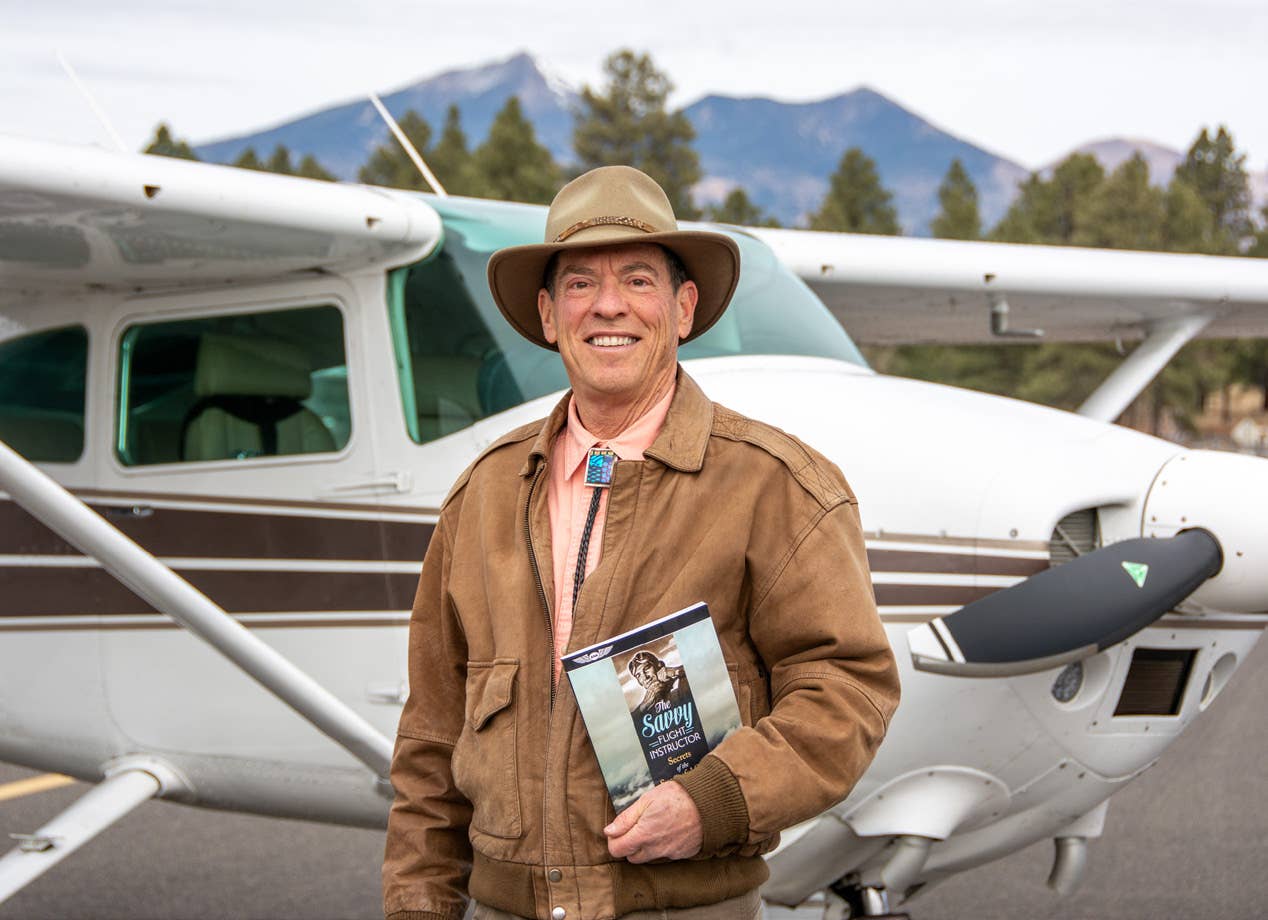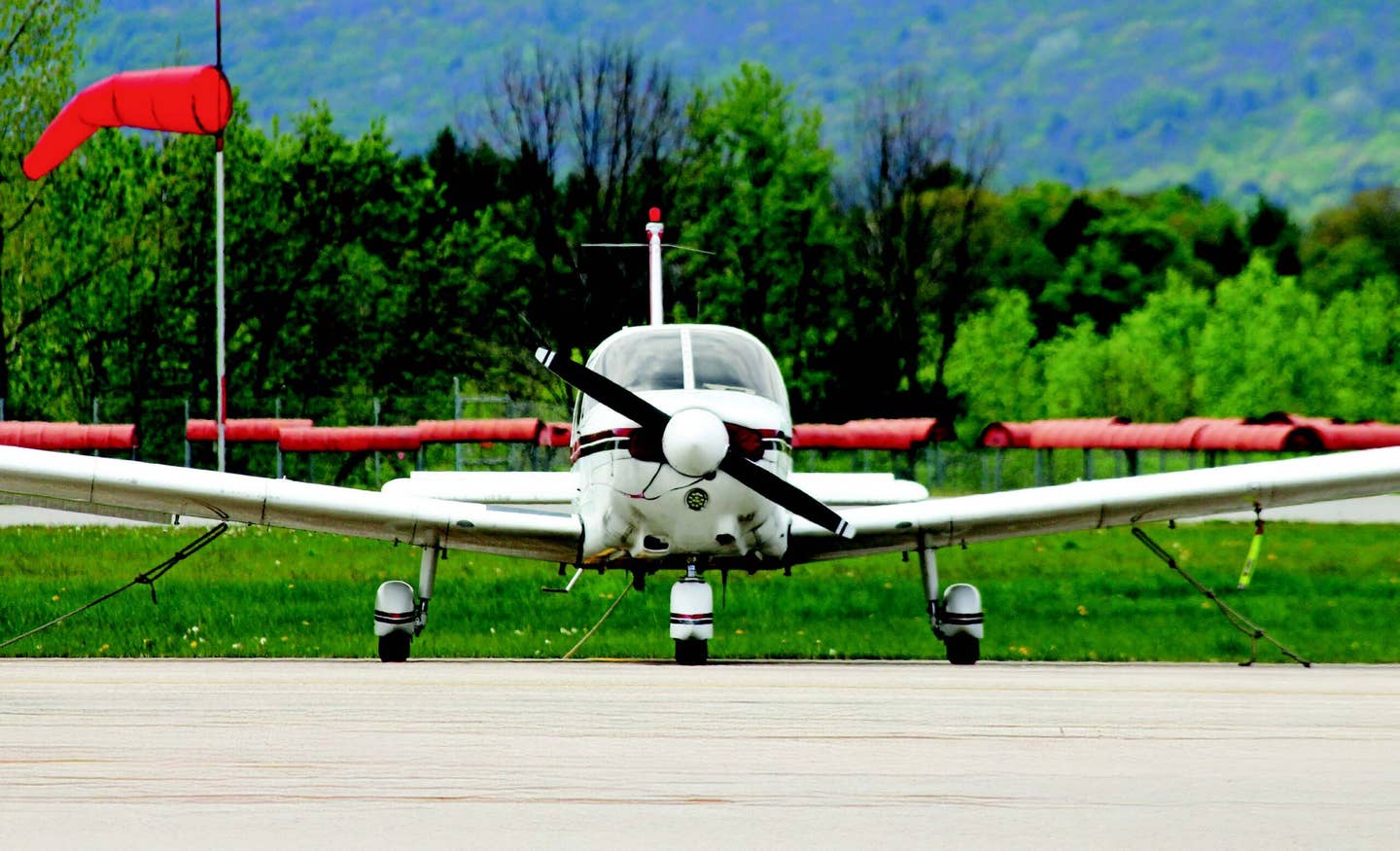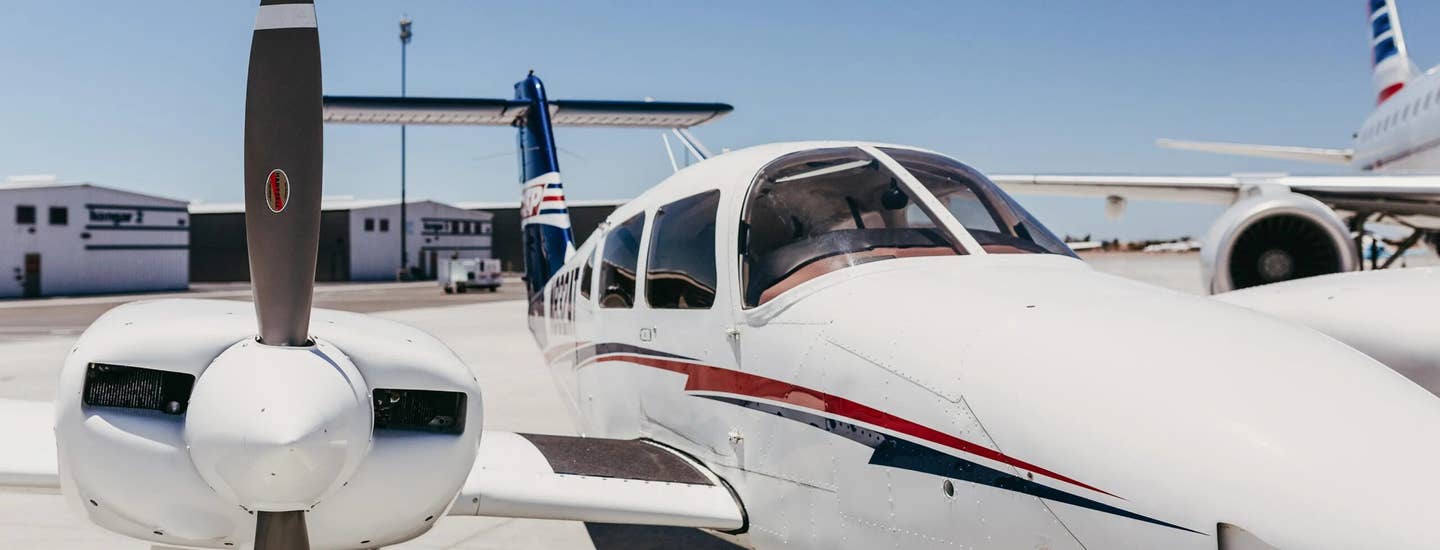
(March 2011) — There's a concept in the philosophy of science that inventions and theories occur when the time is right for their discovery. If that's the case, then the time seems to be ripe for doing something to make a significant change in the general aviation paradigm.
The day prior to its Aviation Summit 2010 last fall in Long Beach, California, AOPA convened a group of some 100 aviation experts at what it called the AOPA Flight Training Summit. The gathering was organized to specifically address the problem of how to retain flight students once they've begun training. The pilot advocacy organization sponsored the summit in response to a reported student dropout rate that approaches 80 percent.
To discover the reasons for the poor retention rate, AOPA commissioned APCO Insight, an opinion research consultancy, to conduct an extensive survey of pilots, current and lapsed student pilots and flight instructors.
Mark Benson, APCO Insight chairman, said the survey found that, although many people believe that time and cost are the driving factors in a student pilot's decision to continue or drop out of flight training, the major factor turns out to be the educational quality. Benson reported that five of the 11 discrete factors determined by the survey were directly related to educational quality with respect to both individual flight instructor effectiveness and flight school support for and management of instructors.
While cost is a factor, Benson said that the survey found that value, and a student's perception of a school's ability to be fair and honest, were more important. Student pilots, he reported, are more concerned about getting good value with the money they spend than about the actual dollars and cents amount. They want to know that the flight school and instructors put the students' interests first and look for ways to minimize cost and maximize the effectiveness of every dollar spent.
Some 15 percent of the total number of attendees at the daylong flight training symposium were members of SAFE, the Society of Aviation and Flight Educators, and many of the subjects discussed were ones that SAFE was established to address.
As a member of the board of SAFE, I've been aware of the group's concerns about the current state of general aviation. Those concerns have resulted in SAFE's plan to convene another symposium — this one not specifically aimed at finding solutions to the problem of retention, though many of the topics in the preliminary protocol will address factors affecting retention — and its scope, "securing the future of general aviation through pilot training reform," will consider a wider menu of problems and concerns.
In fact, Doug Stewart, SAFE chairman, in a recent interview said that, "although the high dropout rate is a serious problem and an indication that we're failing to keep people involved in aviation, another important factor that has to be addressed is the accident rate. For more than a decade, the accident rate has been 'flat-lined,' and that doesn't do anything to encourage people to stay in training or to begin training in the first place. The industry," he explained, "is in a spiral dive, not a spin. In a spin you're in a stall, but in a spiral dive the rate of descent is accelerating. It's going to take the entire general aviation community to work together to pull general aviation out of this spiral dive."
Stewart said, "There are basically three reasons people want to learn to fly: for recreational purposes, those who want to have a thousand feet between their butt and the ground; for transportation for personal or business trips; or to fly for the airlines. SAFE's effort is in improving the future for general aviation for recreational flying and personal transportation."
To that end, the SAFE Pilot Training Reform symposium (pilottrainingreform.org) will take place at the Crowne Plaza Hotel at Hartsfield-Jackson Atlanta International Airport on May 4-5. The goals of the symposium, which will include a gathering of some 100 to 300 major general aviation stakeholders, will be to "highlight, discuss and document how flight training reform can help increase student starts, decrease participant attrition, reduce the general aviation accident rate and enhance general aviation's ability to adapt to environmental, demographic, economic and other factors."
The preliminary agenda includes a number of panel discussions on the first day of the two-day gathering and six breakout sessions on the second day to address topics such as safety challenges, growing general aviation, flight training doctrine, flight training standards, flight training curricula, and aviation and flight educators.
By early December the industry stakeholders who agreed to help support the symposium included (alphabetically): Avemco Insurance Co., Cessna Aircraft Co., COPA (Cirrus Owners and Pilots Association), FSANA (Flight School Association of North America), Flight Training Mastery, King Schools, Lightspeed Aviation, MS Aviation, Redbird Flight Simulations, Sporty's Academy, Sporty's Pilot Shop and Star Aviation.
Stewart said his intent and hope for the Pilot Training Reform Symposium is to bring the concept of crew resource management to all of us who are passionate and concerned about the state of GA today. "If we don't all let go of the 'it's our idea' mentality, and truly make an effort to work together, pooling our strengths, I am not sure that GA will survive, as you and I know it, so that the generations to follow will be able to enjoy the freedoms of flight that you and I experience today," he said.
"Moving forward from the symposium, we hope to create a true coalition of all the important entities necessary to achieve the goals that we all recognize as necessary."
In the meantime, SAFE has already begun its efforts to reform flight training with the creation of an online library for members that, in addition to links to other sources, includes member-submitted articles, PowerPoint presentations and PDF files for use by instructors in their own teaching.
A mentor program, with funding from the Wolf Aviation Fund, was slated to roll out this spring to provide aviation educators with seasoned mentors offering support for their own development as educators.
Ken Hoffman, chairman of NAFI, the National Association of Flight Instructors, in a recent issue of Mentor, took issue with the perception created by the AOPA Flight Training Summit.
"By the end of the discussion, the group had identified areas of highest priority, but by doing so, it created a perception that there's a problem in both the training and service that flight instructors provide," Hoffman said. "In the end, the group seemed to be saying that, if we could just get a better method of accrediting flight instructors or flight schools and get flight instructors to just do a better job of marketing, we would make significant improvements in retaining students. But the group reached this conclusion without any consideration for the flight-training business model, the financial realities of providing flight training in today's economy, or the ability of customers to pay for those services if they were priced at a profitable price point for most schools."
Hoffman's point is well taken, and though the quality of instruction is an important factor, it's not the only one, and his other concerns will likely be addressed by the SAFE symposium.
It did turn out there was a bright spot in the APCO survey results: Perhaps the most significant finding with implications throughout the flight training community is that, despite the industry's shortcomings — and there were many — the experience of flight remains an inherently positive one that can overcome many of the negative aspects.
Craig Fuller, AOPA president and CEO, referred to that result when he said, "That finding alone is of huge importance because it gives us something we can build on. It means student pilots want to like the experience."

Sign-up for newsletters & special offers!
Get the latest FLYING stories & special offers delivered directly to your inbox






